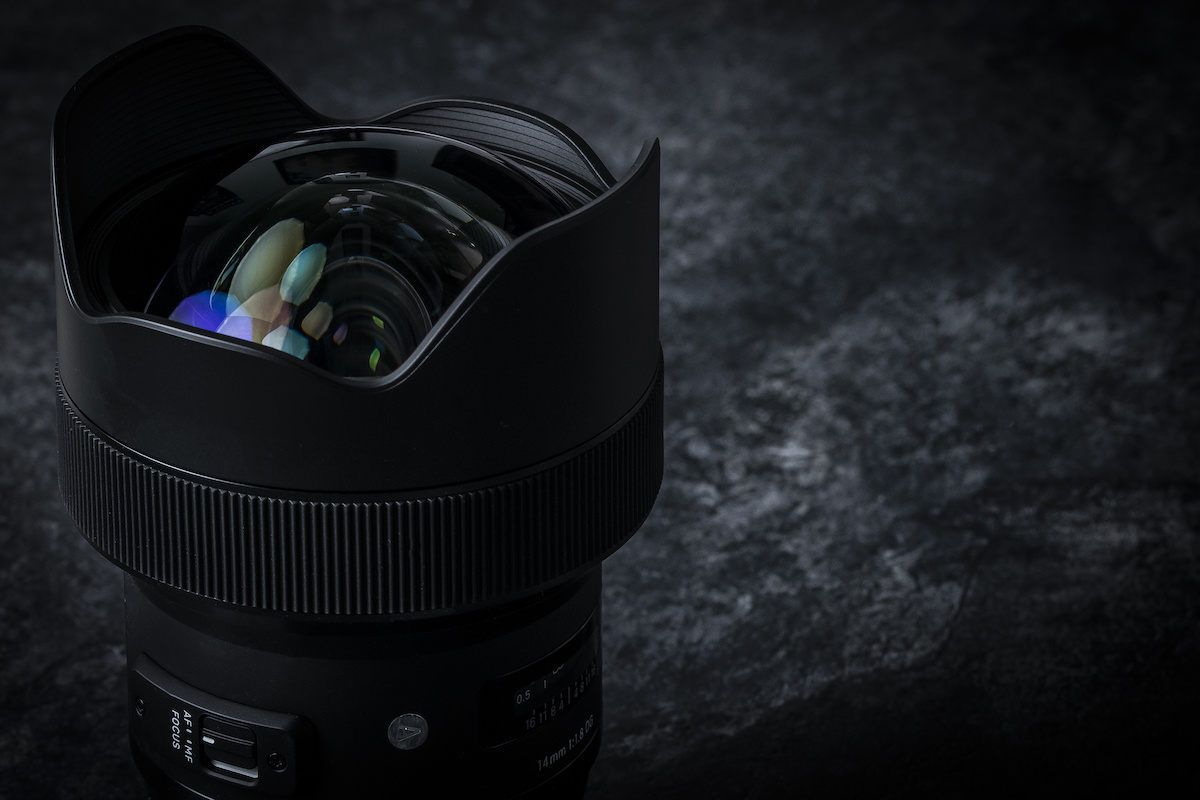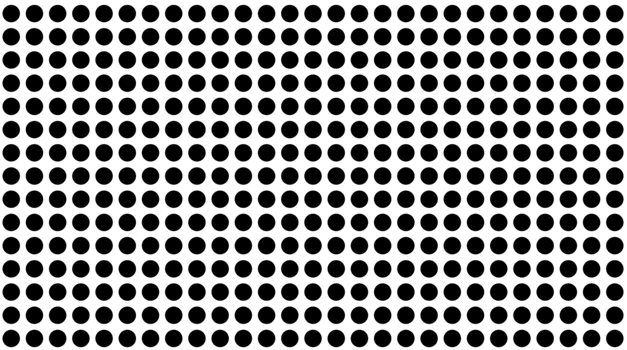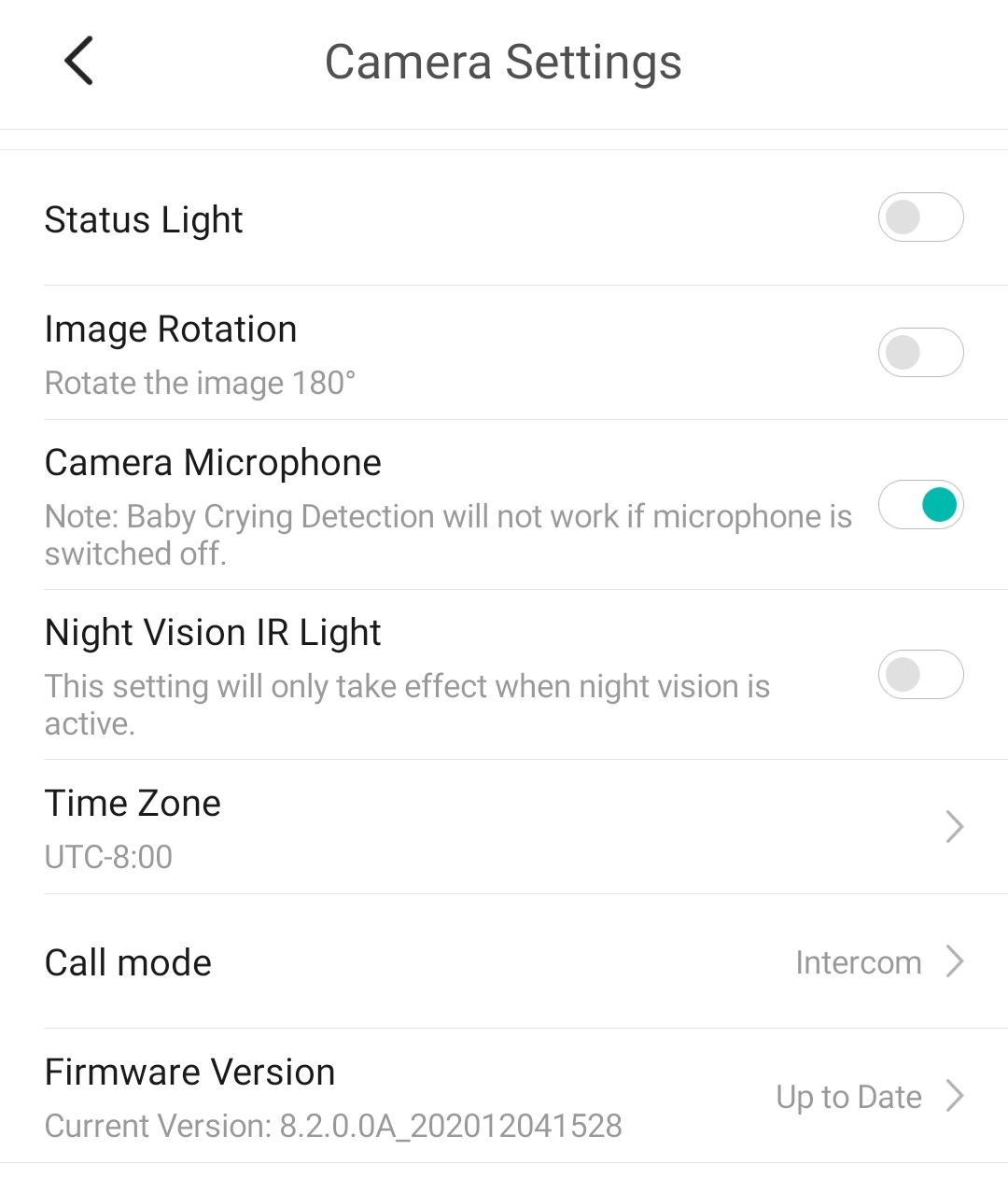
Also, specialty or vintage lenses may not be on the list. Adobe needs a little time to create a profile for new lenses.

There are a couple of reasons your lens may not be on the list. Pull down the list of Lightroom lens profiles and select the make and model of your lens. Sometimes, Lightroom cannot detect the lens you used. Moving it to the right lightens the edges. Moving the vignetting slider to the left darkens the edges.

Move it to the right to correct for pincushion distortion. For distortion, move the slider to the left to correct for barrel distortion. Lightroom gives you the option of fine-tuning the distortion and vignetting adjustments. Lightroom looks at the metadata of the image and fills in the make and model of your lens. To correct optical lens distortion in Lightroom, check the box next to ‘Enable Profile Corrections’. If Lightroom detects a lens profile in the metadata, it will be applied to your image. Many lens manufacturers correct fringing in the lens. You may not see any difference in your image when you check this box. To remove color fringing, check the box next to ‘Remove Chromatic Aberration’.
CORRECT CAMERA LENS DISTORTION MANUAL
The manual tab is replaced by a Defringe panel. In Lightroom CC and Camera Raw, the Lens Correction panel is called Optics. The Lens Correction tool in Lightroom Classic is in the Develop Module. The program applies a lens profile correction. Lightroom identifies what lens you used to create the image.
CORRECT CAMERA LENS DISTORTION HOW TO
Somerset House in London taken with a 16mm wide-angle lens How to Use Lens Correction in Lightroom You may like the effect of wide-angle distortions. But for a realistic look, you will want to correct lens distortions. We know what we are seeing is not reality, but it is fun. Using a wide-angle lens and shooting close to your subject creates a humorous effect. For instance, lens distortion is the whole point of a fish-eye lens. You may like the look created by your lens. You can choose to correct lens distortions or not. Adobe makes a lens profile correction to adjust for the distortions. Manufacturers document distortions created by each lens. But you do not need to figure it out yourself. The physics of lens distortion can be complicated. You are more likely to see vignetting at wide apertures where the lens barrel blocks some of the light. The light on the edge of your frame has further to travel than light in the centre. Vignetting is caused by elements in your lens blocking light as it travels to your sensor. Lenses may darken the edges of your frame. Purple fringing on edges of church window removed in Lightroom You may see chromatic aberration at wide apertures and the edges of your frame. This is called ‘color fringing’ or ‘purple fringing’. When the colours do not align on the same focal plane, the result is purple or green edges in parts of your image. Colours pass through the glass at different wavelengths. Exaggerated barrel and pincushion distortionsĬhromatic aberration happens when lenses have difficulty processing colours. This is where straight lines seem to pinch inward from the centre. Telephoto lenses are most likely to have pincushion distortion.

Straight lines appear to curve like they are wrapping around a barrel. Barrel distortion often occurs with wide-angle lenses. Barrel and pincushion distortion are two of the most common in camera lenses. Every lens has slight optical distortion. Optical distortions make straight lines bow or curve. Common issues are optical distortions, chromatic aberration, and vignetting. Post-processing programs like Lightroom can get rid of the rest. Over the years, lens manufacturers have reduced a lot of the flaws. These are created when the glass is ground, and the lens is put together. I am kind of lost and any help would be appreciated, thanks in advance.Every lens has different imperfections. GetOptimalNewCameraMatrix could somehow help me in the whole process.

My cameras lenses have a great amount of barrel distortion. Currently I am adapting the stitching_detailed.cpp file from OpenCV according to my needs. I am trying to do a live panorama stitching while using 6 cameras streams (same camera model).


 0 kommentar(er)
0 kommentar(er)
